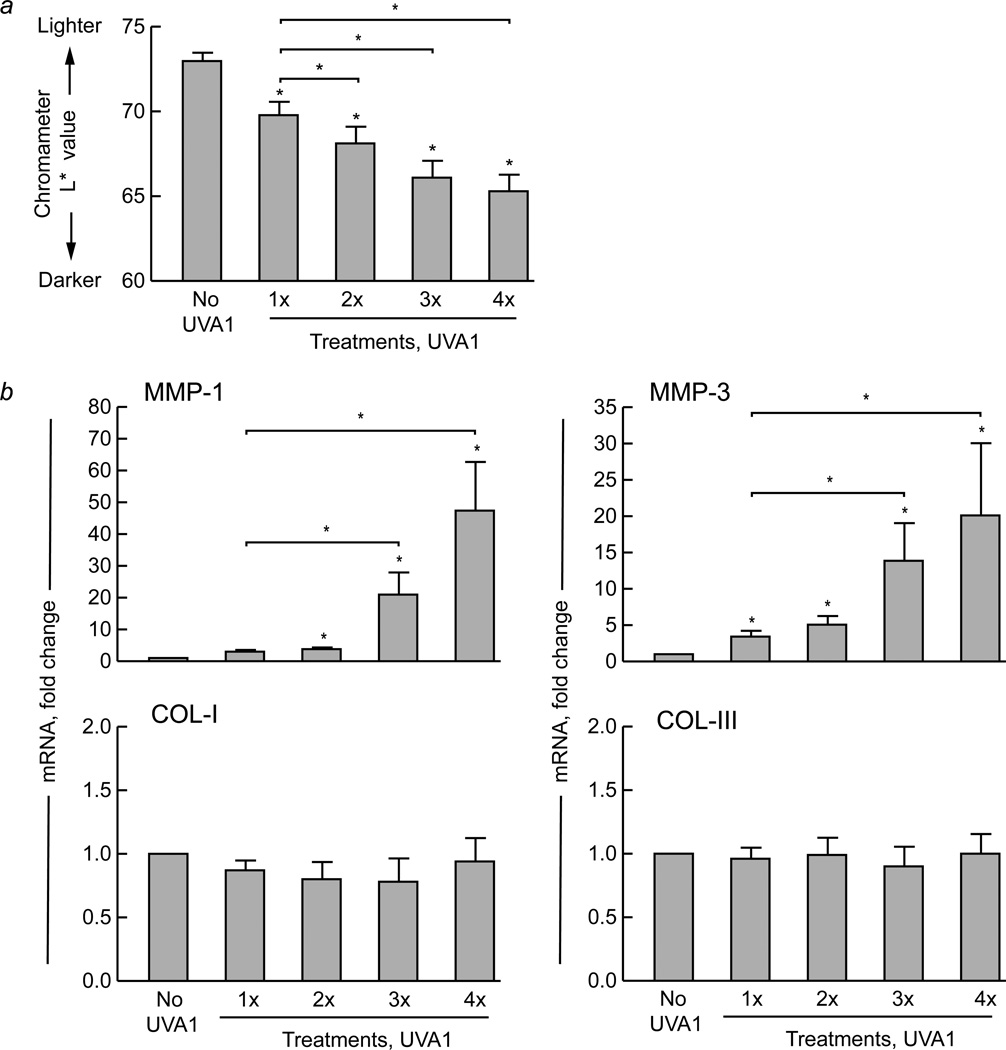Figure 2. Repeated daily exposure of lightly pigmented human skin to low-dose UVA1 irradiation causes incremental darkening and progressive induction of matrix metalloproteinases.
Skin pigmentation was measured using a color meter (chromameter) under the L* variable (luminescence). Lightly pigmented (L*>65) buttock skin of healthy human subjects (n=12) was exposed to low-dose UVA1 irradiation (20 J/cm2) one, two, three, or four times at daily intervals. (a) Changes in skin pigmentation were measured 24 hours after each exposure (L* value, n=12). (b) Skin samples (4 mm) were also obtained 24 hours following each exposure, and real-time polymerase chain reaction was performed to assess gene expression of matrix metalloproteinase (MMP)-1, MMP-3, type I procollagen (COL-I), and type III procollagen (COL-III) (all n=12). The housekeeping gene acidic ribosomal phosphoprotein P0 (36B4) was used as an internal control. Data are presented as mean fold change + SEM. Asterisk (*) over bars, p<0.05 compared with no UVA1 irradiation. Asterisk (*) over bracket, p<0.05 when comparing response to different UVA1 exposures.

